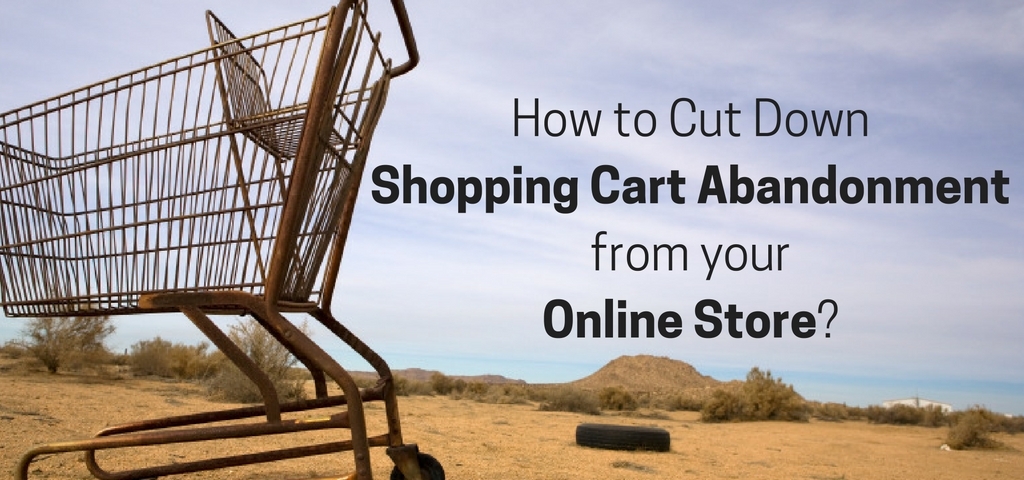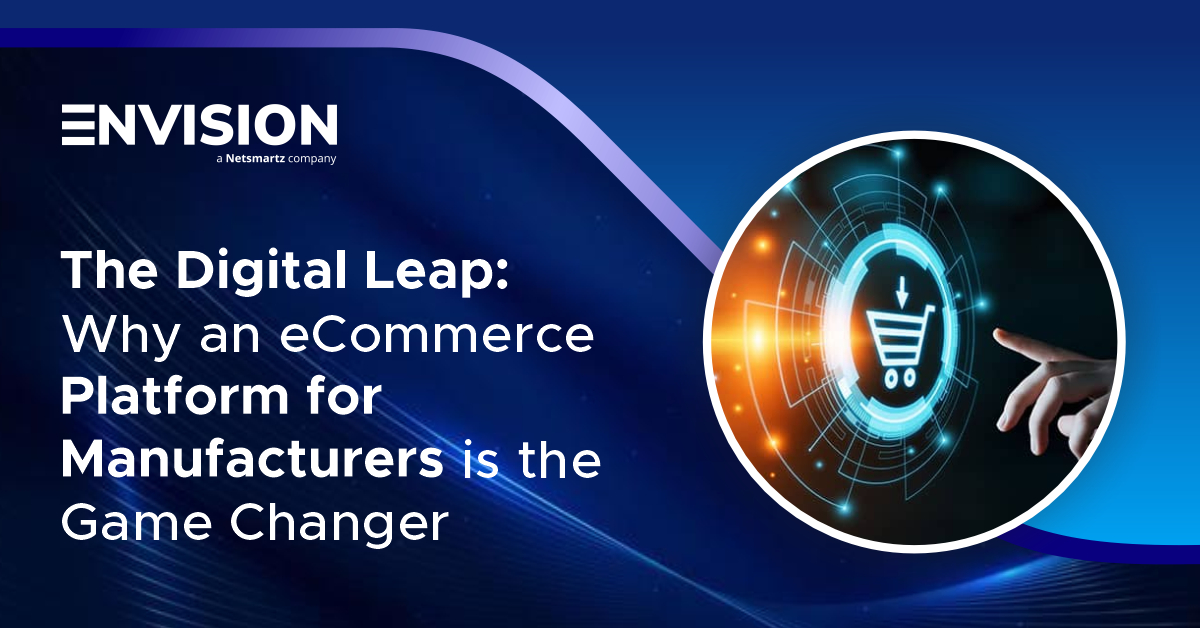How to Cut-Down Shopping Cart Abandonment From Your Online Store?
-
 Nidhi Arora
Nidhi Arora
- 9 years

Today shopping cart abandonment becomes an uncontrollable factor for many retailers. It seems that most of the shoppers invading the checkout process only to close their browser before making a purchase. By keeping this thing in mind, we have created this article to help business owners to make a user-friendly site and cut-down shopping cart abandonment from their online store.
According to the research, it is predicted that where customers abandon their cart they don’t want to visit again to the particular store. So you should focus your efforts on the development of the checkout process to eliminate the distractions during the customers’ final purchase.
Read on to learn what you really need to consider reducing shopping cart abandonment from your e-commerce site.
No Need For Upfront Registration
Most of the online retailers requiring their customers to create an account to accomplish their first purchase. Yes, it is important for businesses to accumulate information about their users, but many customers, discourage to register a new user ID just for making a purchase. OK, we tell you why it happens and how customers usually see the registration. Read to know;
- Shoppers may be worried to share their personal details, especially to online stores with whom they don’t have a trusted relationship yet.
- Probably they come to your store with huge expectations created from last experiences.
- Sometimes customers have a number of ID/passwords which makes them hesitate to create a new one more.
So try to keep the registration optional and allow your users to checkout as a guest, if you don’t, then many of your shoppers will look elsewhere to make a purchase. You should also let your customers know how many steps your checkout process actually has, for better customer response. (We always prefer to use One Step Checkout form.)
Remove Lunacy on Checkout Area
Let your shoppers concentrate only on completing the purchase during the checkout process. Because “Lunacy” like, “Asking your customers to sign up for email newsletters” or “Reminding them to “Like” your page on Facebook” can distract your customers from committing the final step. So make sure all these distractions should not be presented on your Shopping Cart page. Amazon is one of the good examples of “closed checkout”, as they ensure that once their customer is ready to shop they concentrate only on that task for higher customer satisfaction.
Descriptions Must be Included on Form Field Labels
As per the numerous usability testing (including mobile e-commerce usability), most of the shoppers not able to understand the label for the required field which automatically causes to shopping cart abandonment. 92 percent of more than a hundred biggest e-commerce stores in the US have one or more “inadequate” form field descriptions in their checkout area.
If customers don’t understand the label, then included additional description can help. So add the description of form fields to remove shopping cart abandonment.
There are some common ways to include descriptions on form field labels:
- Inline descriptions – It’s a kind of description which is permanently visible to your shoppers, you can place it under each field with light gray color or another color as per the design, and make sure it should be short and very brief.
- Tooltips – This type of description allows you to put “learn more” icon which is highly effective for those products that you want to explain in details.
- Dynamic descriptions – A good example of such type of description is “Twitter”. Disappearing the written text while typing in a specific field or appearing next to the field.
Meanwhile, there are many common convicts available which can surely cause confusion, for example;
- Numeric dates – Different date format has used by Europe and North America (DD-MM-YY vs MM-DD-YY)
- Monetary amount – Different accounting style vary in different countries. As they can add decimal- and thousand-separators, which takes multiple shapes (a dot, a comma, or space)
- Password – Display the minimum or a maximum number of characters, numbers, etc. required in a password.
- Phone number – Also need to include a country code, spaces or dashes etc.
- Credit card number – Surprisingly, most of the e-commerce stores will reject the credit card number if spaces are included.
- Address line 1 and 2 – Major question is does my house number and floor belong in address line 1 or 2? Clearly, display that what address line 1 and 2 should contain. Never expect that your customers are expert in your industry, they may not know what “Issuing bank” or “Product SKU” means.
Contextual Words Need Clarification
Contextual words like “Continue”, “Proceed”, or “Next” are mysterious and likely to confuse shoppers. It completely relies on the customer’s mind, a button “Continue” placed in a shopping cart could mean one of two things, such as continue shopping (Stated that, if the shopper also wants to find a shirt to go with selected denim) or continue to checkout (If the shopper has purchased all the required products and just wants to pay. The reaction is fully depends on the customer’s state of mind which may lead to confusion.)
So the best solution is; avoid using contextual words in your links and buttons. You should use words that don’t create mislead, like “Check out now” and “Shop more.”
Use Auto-detect Tool
Many shoppers don’t like to fill form fields or they often misspell things like their state or city, which leads to the wrong delivery. So it’s better to use an auto-detect tool which displays a city and state immediately after providing a ZIP code. When you are implementing the auto-detection in your site be careful of the following:
- Sometimes a single ZIP code is applicable to multiple cities, in that case, you should add the relevant city suggestions to the city field so that shoppers can pick the correct one.
- If your customers have already filled a ZIP code in an earlier step, then automatically pre-fill the particular code in the current step.
- Make sure never skip the state or city field from your form and it should be pre-filled with the right data after the ZIP code has been provided.
- Let your shoppers to manually change the data you’ve chosen, if they want.
Provide Error Notifications
There’s nothing could be more annoying than not being able to shop and not being able to figure out why. So error indications should be presented in your online store to allow your potential customers to know what they need to do to complete their purchase. Make sure your error messages are in direct language and clear as well. You can increase the error text’s visibility by using red or highlighted yellow text on a page. Also, try to display the error message directly above or next to the particular item(s) that needs to be corrected.
Total Cost of Customer’s Purchase
Try to provide shipping or tax cost earlier rather than later. Because many shoppers hesitate to continue their shopping with a site where they are not cleared with the shipment cost of their selected item. The report shows that many customers would surely abandon the site if they are not given to the final cost of their purchase before submitting their credit card detail.
Build Trust and Credibility
Have you ever tried to create a trust factor at the point of action? No, Right? But, you will surprise to hear that the absence of the wages of trust on the cart page can also push your shoppers to close the browser without making any purchase. So think about it and bring an extra clarity towards the security of products, privacy policies, etc. to influence your buyer to make a decision. You can take the following points as examples;
Take the “Shipping Details”: Give the estimated product’s delivery time and date to the shopper.
Add Reassurances: Another thing that can be done at the cart page is including reassurances near the last checkout button.
Provide a Secure payment service: Most of the people choose to buy from those stores who provide secure payment options like PayPal, Credit card, Debit card, COD, etc. However, these payment options give customers a peace of mind. And, also shows that customers’ all the credit card details are highly secured.
Now you are well informed of the symptoms of Shopping Cart Abandonment. So treat it as an opportunity to make a good and long-lasting relationship with your potential shoppers. Convincing each cart abandoner to complete the checkout process is not an easy task, but resolving the issues with best practices can surely optimize your site’s checkout process.
Hope you find this post useful!
Thank-you 🙂
Download Blog












